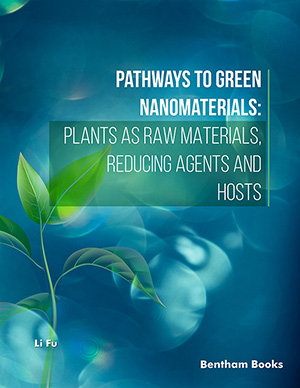Abstract
The elastic properties of armchair and zigzag graphene nanoribbons grafted with different functional groups are investigated using molecular dynamics. The simulation results show that the Young’s moduli of graphenes with autoupdate- grafted hydrogen (-H) are 982 GPa for zigzag and 1046 GPa for armchair. When the graphenes are grafted with hydroxyl (-OH), amine (–NH2), carboxylic (–COOH), and thiol (–SH) groups, Graphene–OH shows the highest Young’s modulus, followed by graphene–COOH. Among the moduli obtained, those for graphene–NH2 and graphene–SH, which are nearly identical to that of graphene–H, are the lowest. The modulus variations of the zigzag and armchair graphenes with different grafts have similar trends, but the moduli for armchair graphenes are always higher than those for zigzag graphenes. This phenomenon is analyzed on the basis of the radial distribution function, deformation electron density, and chemical bond theory. The results indicate that smaller oxygen-containing functional groups, as well as the C–O or C–C–O bond formations caused by grafted atoms with dangling bonds, could effectively enhance the flexibility of the graphenes while maintaining their stability. The elastic performance of the grafted armchair graphenes is superior to that of the grafted zigzag graphenes.
Keywords: Chemical bond theory, elastic property, graphene, modification, molecular dynamics.

























